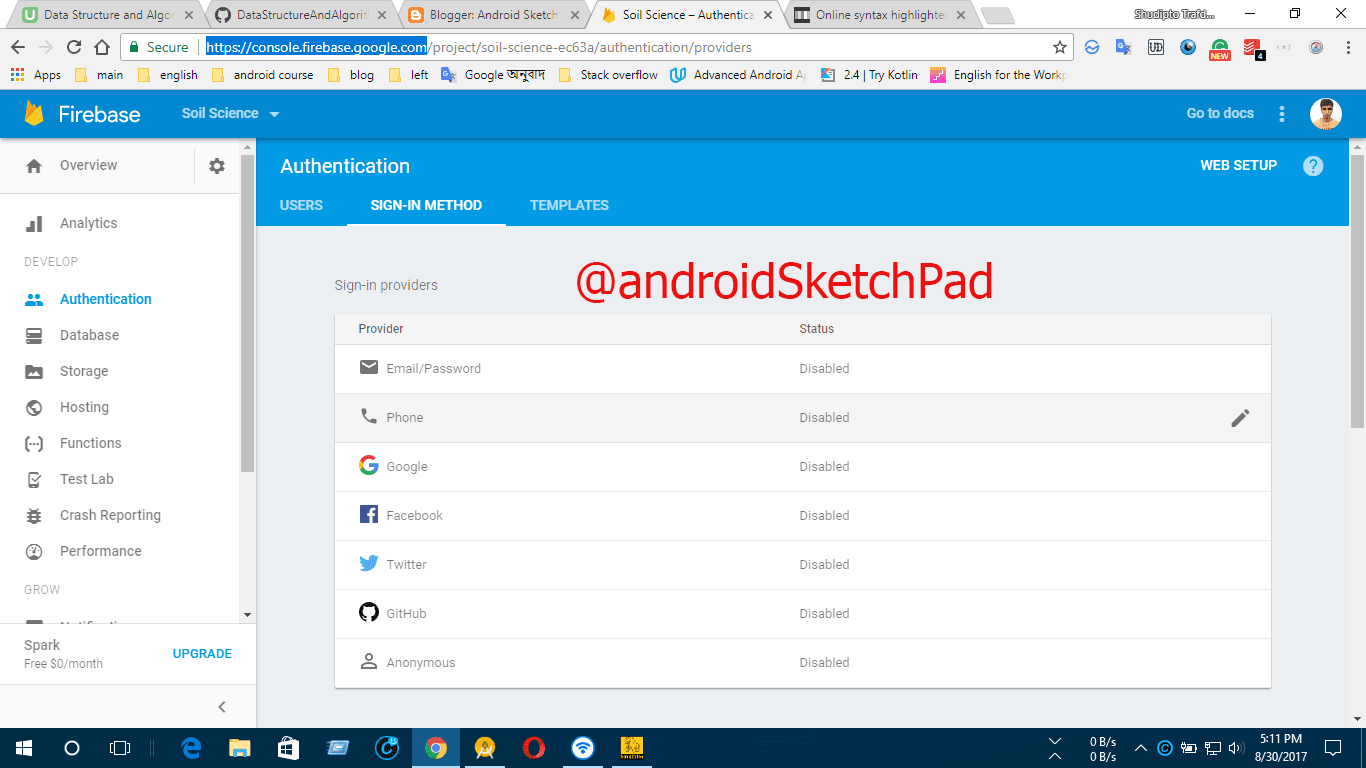

Here you’ll notice that we’re using the home property of the MaterialApp instance that we’re using. Our app class is the one that is launched when our application is started, so this is where we are going to place the logic that is used to handle the authenticated state. A main screen widget, which is the screen shown when the user is authenticated.A login screen widget, which will be shown when there is no authenticated user.A splash screen widget, which will handle a loading state whilst the signed in status is checked We will be using Firebase Authentication here to validate registered users.An app class, which will return the instance of the MaterialApp for use by our application If you want to view a list of users that has registered thru Firebase Auth, you may view them in then go to your project and select authentication, in the Users list is all the users that have registered thru Firebase Auth.In an OTR session with another user, all messages will be end-to-end.
#AUTHENTICATING USERS WITH FIREBASE FOR ROCKETCHAT PASSWORD#
Now, we’re just going to look at the authorization flow here - we’re not going to create all of the different widgets here that are required but let’s imagine we have four different classes available: It has channels, private channels, direct messaging and even OTR (Off-the-Record) chats. Firebase Authentication supports password authentication in addition to federated sign-in with Google, Facebook, Twitter, and more, allowing you to easily scale your authentication system as you. Now that we have this in our project we can go ahead and perform some authorization in our app. After implementing this functionality, users signing in with Google showed up in the Firebase console. We need to begin by adding the Firebase Auth package to our pubspec.yaml file, once you’ve done so you can run Get Packages to pull the package down into your project so that it is available for use: firebase_auth: “0.5.12” As indicated by Frank, to fully sign into Firebase the call to signInWithCredential() was needed.

when you have got authToken all you need to do is launch URL of your installed Rocket.Chat instance with the authToken as resumeToken query parameter. This temporary authorization token is called authToken. You will be expected to read and utilize the API documentation provided by the application. This is useful if an application has an API endpoint that Zapier doesn't implement yet. In this post, I want to take a quick look at how we can perform authentication in our Flutter applications using Firebase. Now you can use create token API to get a temporary authorization token of any user registered on your Rocket.Chat instance. This is an advanced action which makes a raw HTTP request that includes this integration's authentication. Inside this screen click on the first option connect to firebase and after that click on the second option to add Firebase authentication to your app. react-native-firebase/crashlytics14.12.0 and others. After clicking on email and password authentication you will get to see the below screen. In the case of InTouchWe, the team used Firebases database, authentication, and storage services to store and manage data, handle user authentication. Luckily for us, there are a collection of tools available from Firebase that allow us to achieve such things - some of these tools are also available for use with Flutter in the form of packages. Learn more about rocketchat/ vulnerabilities. const signUp = async (email, password) => from ".Facebook Twitter Reddit When it comes to building apps, it’s likely that you’re going to want to perform some sort of user authentication, data storage or some other related tasks. We need to begin by adding the Firebase Auth package to our pubspec.yaml file, once you’ve done so you can run Get Packages to pull the package down into your project so that it is available for use. createUserWithEmailAndPassword returns the user data which you will use to create a new user record in the database. The signUp function passes the email and password to createUserWithEmailAndPassword to register a new user.


 0 kommentar(er)
0 kommentar(er)
